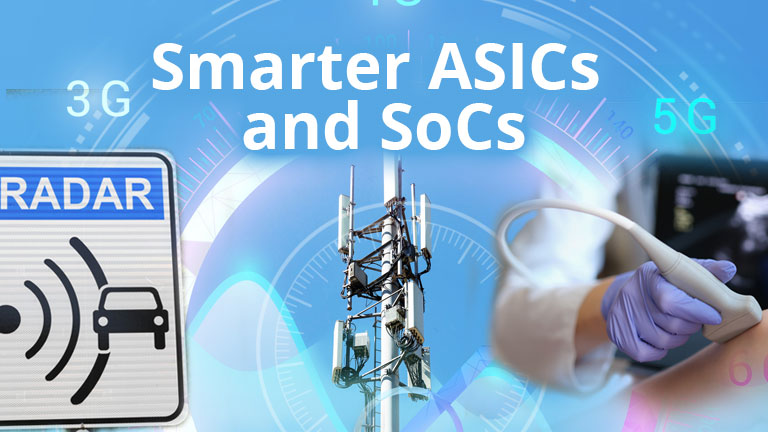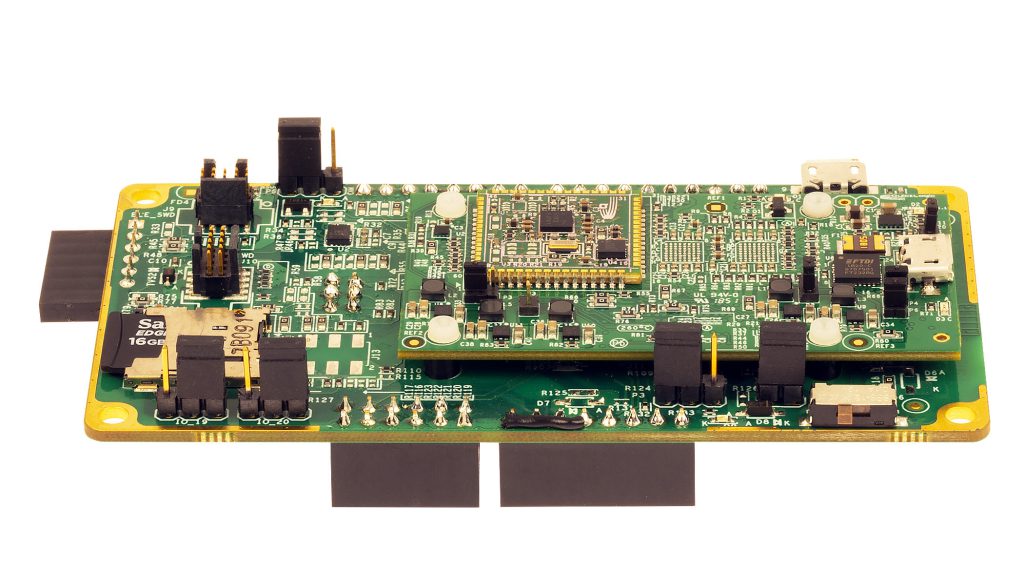Data converters are the gateways that connect the real (analog) world to the digital world. They are available as discrete devices, integrated into microcontrollers and FPGAs as well as licensable intellectual property (IP) in nearly all popular foundry process nodes. With the explosion of AI processing at the edge and the rising cost of […]
Smarter ASICs and SoCs: Unlocking Real-World Connectivity with eFPGA and Data Converters




